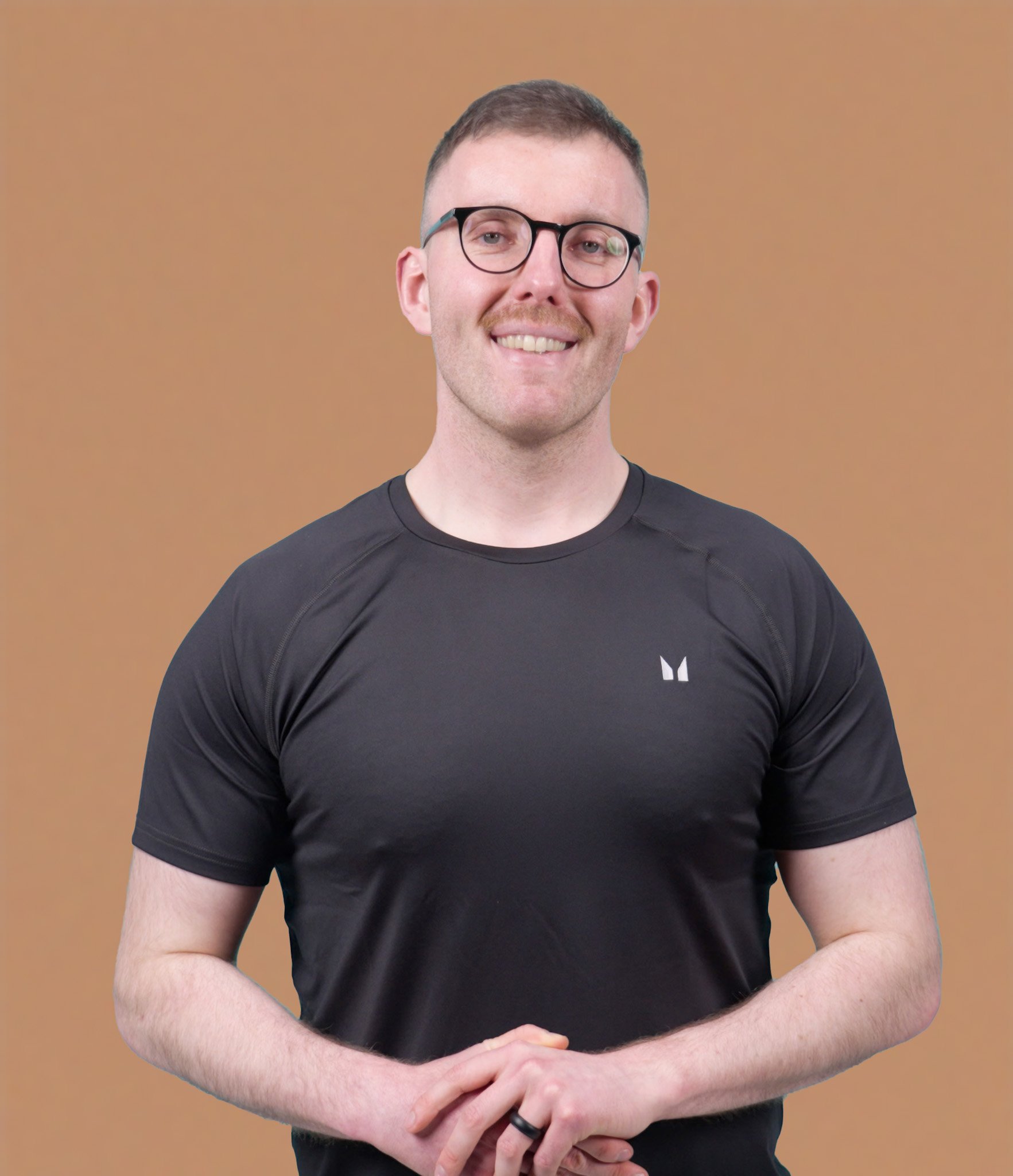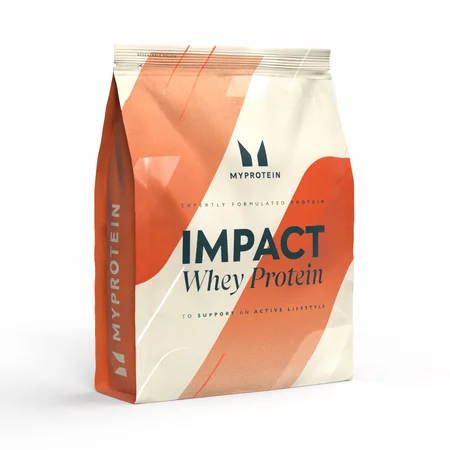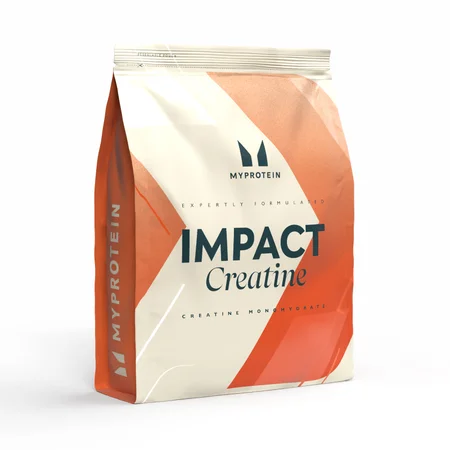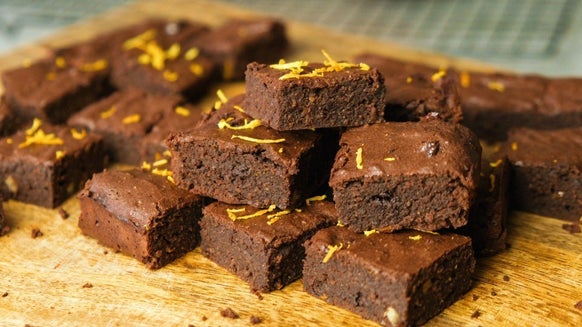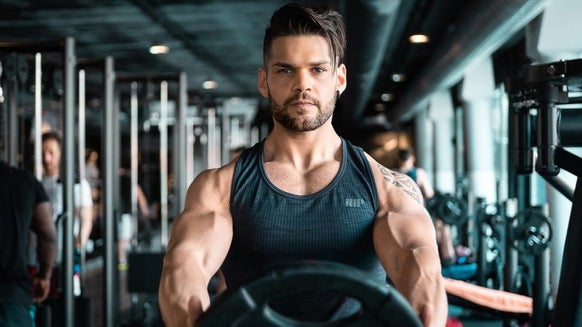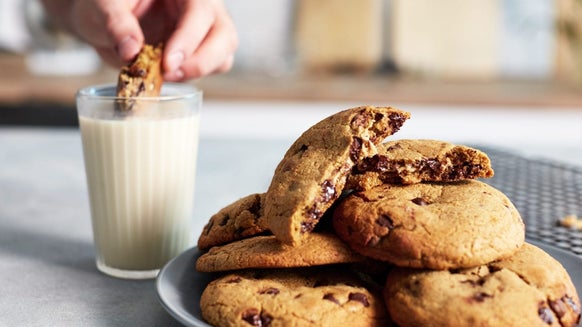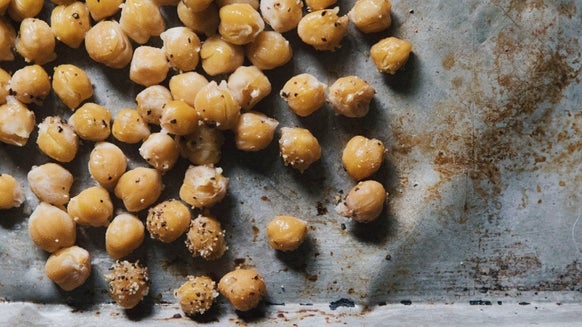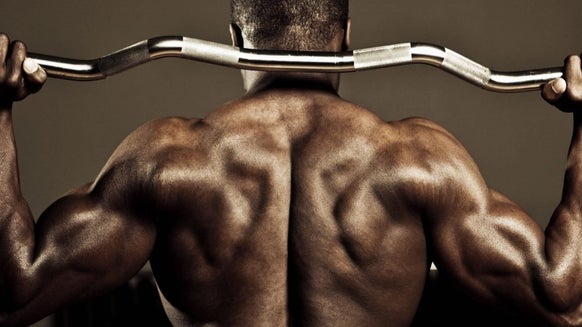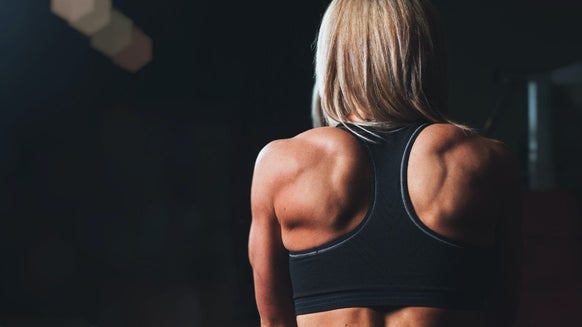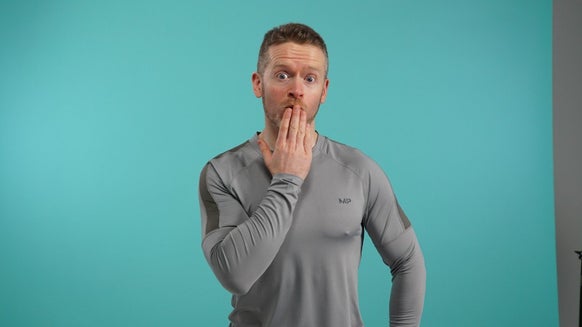How To Preserve Your Gym Gains Using Your Diet

Gym goers, we’re all in the same boat now — gyms are shut, staying home is a requisite and training equipment is, for the most of us, limited.
Are we destined to lose all of our well-earned progress?
Well, unless you’ve turned into a statue and are now completely inactive, then the answer would already be no. Most of us have turned to training in our homes, be that with bodyweight, bands, free weights, fixed weights or a mixture of some if not all of these.
Whilst most of us may not have access to the same quality of equipment, quantity of weights or whatever other training modalities we were accustomed to, training in our homes is a great start to combating any inactivity related to the loss of lean muscle mass.
Our diet, however, may be the key to sustaining our progress. What could be a better time than now to get up to speed with optimising our intake to support our well-earned muscle thanks to this sudden increase in free time.
Let’s explore the science behind muscle and performance atrophy (loss) and then dive into how we can minimise our losses, if not fully protect and maintain what we already have (in fact, some of you may actually improve upon them with these strategies).

How long does it take to lose muscle mass and performance?
Let’s first discuss performance. Performance may decrease following a state of complete lack of training (which most of us aren’t doing), however, many of the adaptations remain.1 If you’re still training it’s unlikely that you’ll experience any significant losses, but maximal strength and power output might decrease.
As we discussed earlier, as long as you’re doing something, there does appear to be a protective effect on your current level of muscle mass. This has actually been shown in groups who are confined to virtually complete bed rest. As little as an hour of very minor resistance training (which could be literally anything, as is shown in this study where they simply turned up the gravity) can preserve muscle mass.2
Interestingly, studies have shown that it isn’t actually an increase in muscle protein breakdown that explains any loss of muscle mass, but rather a decrease in muscle protein synthesis (MPS; the creation of new muscle protein). MPS can be stimulated by exercise, but it can also be stimulated by our dietary intake too. In fact, optimising our dietary intake has been shown to create a “more anabolic” environment than exercise alone.3

How to adapt your diet to protect your gym gains
The primary adaptation we should focus on is increasing our protein intake to combat any loss of muscle mass which occurs in a period of inactivity.
Dietary protein has a significantly stimulatory effect on MPS. Dietary intakes of around 1g per kg of bodyweight per day appear to be insufficient.4 The International Society of Sports Nutrition states that 1.4–2g of protein per kg of bodyweight per day divided in several meals with 20–35 g of protein per meal may be the optimal route to maximising MPS.5
But what about sources? Well, it may surprise you to know that whey protein appears to be the best quality source of protein we’re aware of at this stage. Protein consists of non-essential and essential amino acids; basically, these are the bricks that build a protein. Essential amino acids (EAAs) stimulate MPS. Whey protein is the richest source of EAAs we know of, and thus the best quality source of protein (at least as it relates to any conversation surrounding the synthesis of new proteins).
Another important component of maintaining your well-earned gains using your diet is mitigating any unnecessary inflammation. Increased inflammation can trigger a cascade of processes ultimately leading in an increased breakdown of proteins.6 Your muscle is made up of predominantly protein and so increasing the breakdown of said proteins will then lead to a loss in muscle mass.
Whilst we shouldn’t overdo it by any means, having a diet which is richer in antioxidants and anti-inflammatories may help stave off inflammation that causes muscle breakdown. Fruits and vegetables are rich in anti-inflammatory compounds, nutrients, and minerals and aiming for at least five portions of these a day would be a great start!
Another potent anti-inflammatory dietary component is omega-3 polyunsaturated fatty acids. These can be typically found in darker coloured, oily fish (salmon and mackerel for example) and have a whole host of other health benefits too. There are even vegan-friendly options on the market!
While incorporating more anti-inflammatory foods in the diet may be beneficial, it may be just as important to reduce our intake of pro-inflammatory foods. Dietary sources of saturated and trans fats, as well as excessive intake of most sources of alcohol, can have a pro-inflammatory effect. Alcohol may be potentially very detrimental to maintaining muscle mass, so you might want to put that beer back in the fridge.7
Interestingly, studies have shown that creatine monohydrate can not only help retain muscle mass, but also muscular performance and function too.8 Typically associated with performance increase, this opens up a whole new world of uses for this incredible supplement. Supplementing with around 3-6g a day (the larger and more active you are the more you might need) would be advised.
Take home message
So, are we likely to lose all of our gym gains that we’ve worked so hard for? Not likely no. In fact, the chances are you’ll retain virtually all of them if you keep active and incorporate some of these dietary strategies we’ve outlined. Have a high protein diet, up your intake of plants and omega-3 polyunsaturated fatty acids, avoid things like saturated and trans fats, as well as alcohol (for the most part) and maybe even consider supplementing with creatine.
It’s a tough time for all of us, but at least you’ve found a way to preserve those gains!
READ THIS NEXT:

5 Ways To Stay On Track With Your Diet While Working From Home
*Reluctantly removes hand from biscuit tin*
Bodybuilding Diet | How to cut & Top Tips
What you need to know for lean, defined muscles.
